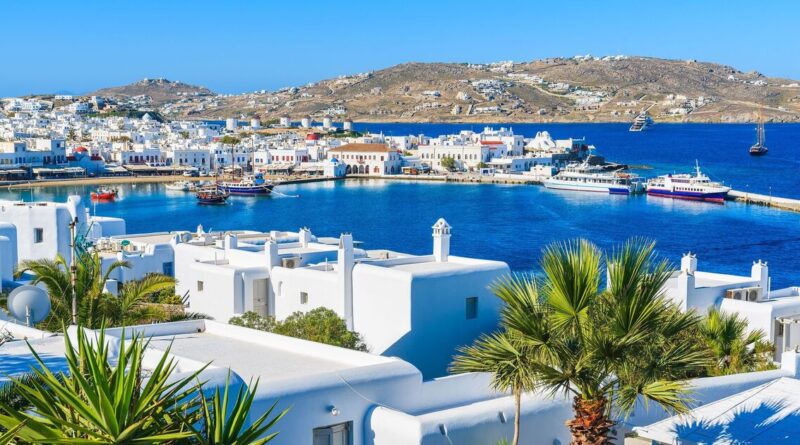Crisis in Greece as tourists from Turkey abandon Mykonos | World | News
The number of tourists visiting Greece and its iconic islands, such as Mykonos, is beginning to plummet, sparking major concern for the industry. A top destination for visitors across the world, including the Brits, Germans, Americans and even Bulgarians, everyone wanted to walk its cobbled streets between whitewashed buildings with blue trims.
However, there has been a clear shift away from these classic European destinations, including Paris, among Turkish travellers, a travel expert has revealed. Seda Yilmaz, director of Timeless PR and Digital Marketing Ltd, who has over 20 years in the tourism sector, including a stint at Turkey’s Tourism Office in London, has seen a significant drop in interest, the Express can reveal.
“This change is driven by several factors,” Ms Yilmaz said.
In 2024, international air traffic to Mykonos was on a downward trajectory, according to airline plans for available seats for last summer. Airlines scheduled 5.8% fewer seats on their flights to Mykonos last summer compared to 2023, according to the Airdata tracker data of the Institute of the Greek Tourism Confederation (INSETE).
The first factor is concern over rising costs, particularly over accommodation and other tourism-related services. Greek hotels saw their revenue surge by an eyewatering 11.1% due to higher room prices, despite only a small increase in the number of room nights (0.6%).
One visitor to Mykonos last summer wrote on Tripadvisor: “The whole of Mykonos town is an overpriced hell hole designed entirely to serve the thousands of plastic people that arrive by cruise ship (four ships in the harbour with 10,000 people when we were there)… hated every moment.
“We stayed in a hotel 3km from the town as a stop off on the way to Astypelea, which was lovely, but a taxi to town is €40 each way, food is mega overpriced and it is mobbed. If, like me, you seek relaxing, quiet Tavernas and secluded beaches, run away from this place as fast as you can, horrible, horrible, horrible… lesson learnt.”
Another factor for the drop in Turkish tourists to Mykonos is uncertainty over visa procedures for Schengen countries. While the Schengen Visa Code sets the overall rules, individual member states have some flexibility in how they interpret and implement these rules.
The implementation of the European Travel Information and Authorisation System (ETIAS) and the EU Entry/Exit System (EES) are also a source of ongoing uncertainty, particularly for travellers who are not yet familiar with the new requirements. The EES is expected to change how people enter and leave the Schengen Area, though the timeline for its implementation has been delayed, causing ongoing uncertainty for travellers and border officials.
ETIAS, meanwhile, will require travellers to obtain authorisation before entering the Schengen Area, is still in the process of being developed. Its implementation date is also not yet confirmed, adding to the overall uncertainty.
Overtourism has also become a growing concern, leading to crowded beaches, streets, and other public areas. This has put pressure on resources and infrastructure, including water supply and waste management, and has led to environmental concerns. Some locals have lamented that the influx of tourists has eroded Mykonos’s traditional culture, leaving tourists feeling unwelcome.
Finally, Ms Yilmaz explained that Mykonos “has seen a significant increase in prices without a corresponding improvement in overall service,” which has left Turkish tourists feeling that the experience “no longer delivers enough value”. Instead, there has been a strong rise in domestic luxury tourism.
According to the expert, Turkish travellers are increasingly choosing to explore their own country, with destinations such as Cappadocia, Bodrum and the Turkish Riviera growing in popularity.





